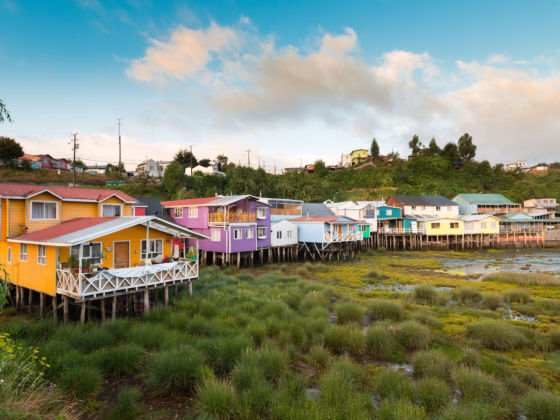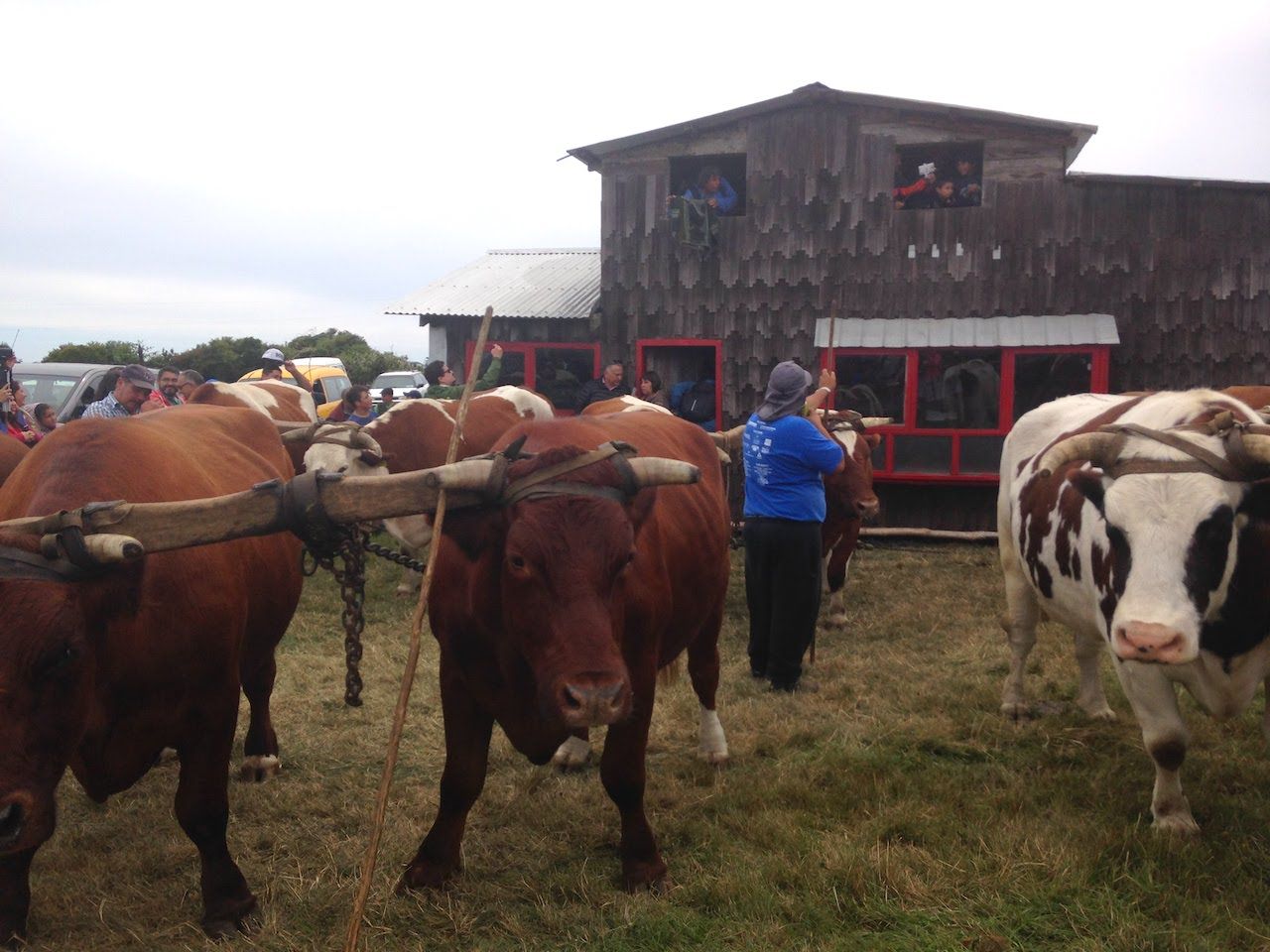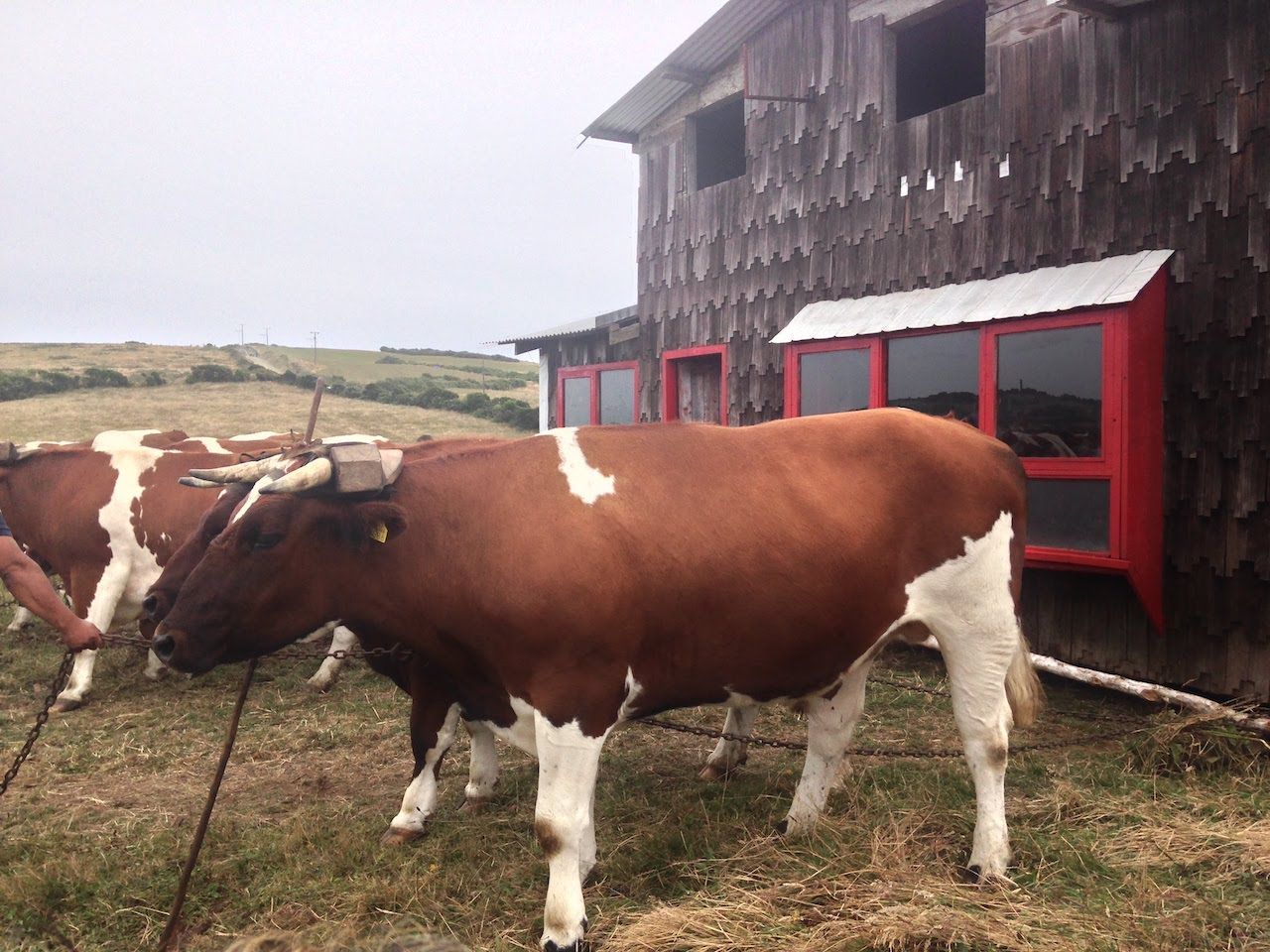A flying house is not a common sight, especially one that’s gliding over grasslands pulled by 12 galloping oxen. Yet, not a single face in the crowd of denim and cowboy hats suggests that the sight is unexpected. Mysticism and solidarity saturate Chile’s Chiloé Island, and here lies a tradition conjured up from both — a minga.
The very word minga embodies the heart of island life. It means “an exchange of help for benefit,” and can be applied to everything from helping your neighbor plow and plant potatoes, sheer their sheep, or even move their entire house. In Chiloé, sweat for sweat is fair trade on any scale.



